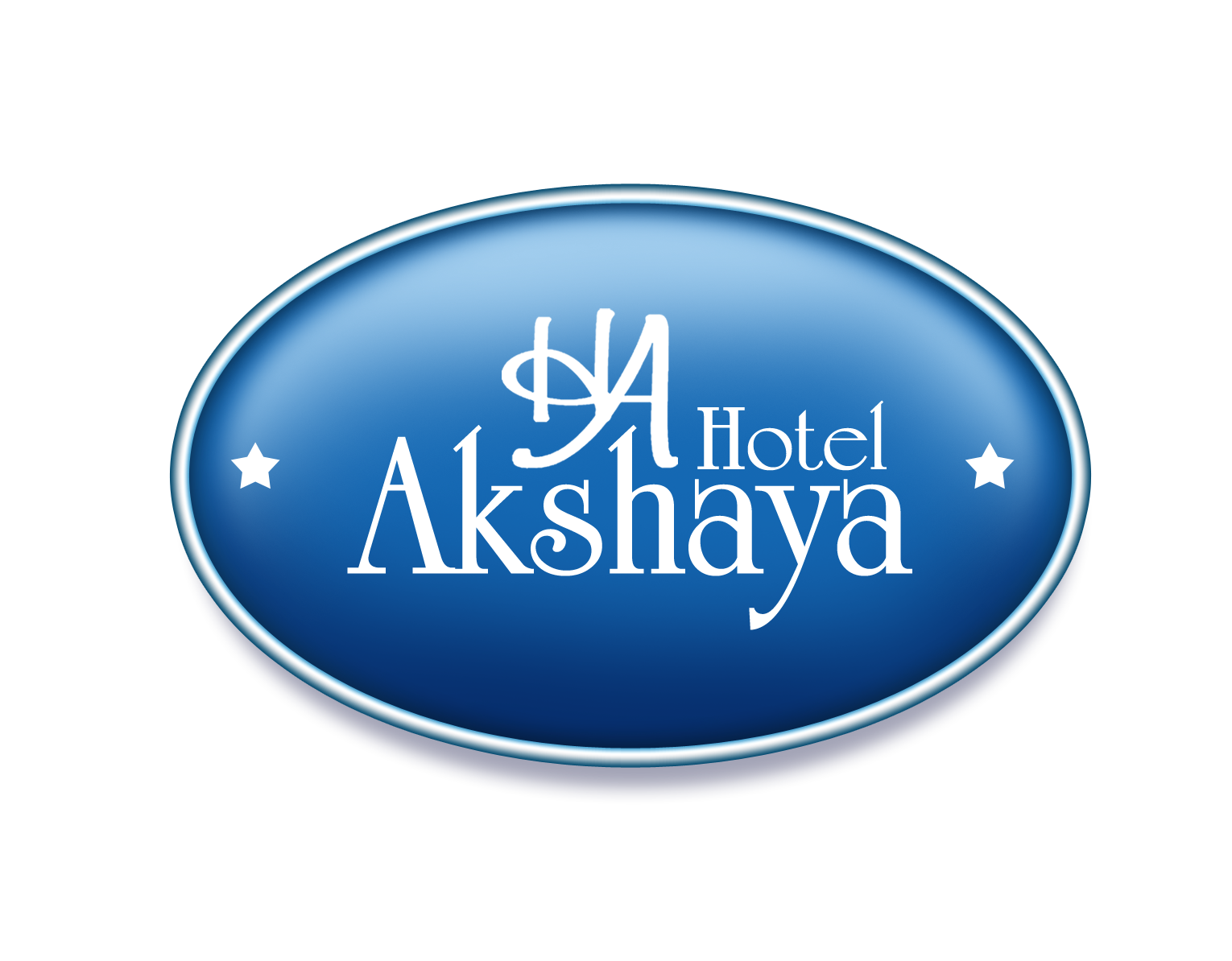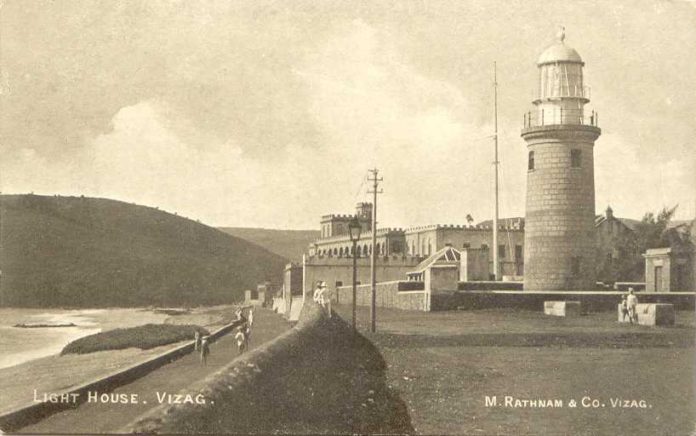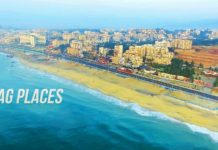|
Visakhapatnam is named after the God of Valour, Visakha, the son of Shiva and Parvati and ruler of the planet Mars and the God of War. The region boasts a mention in both the Ramayana and the Mahabharata. According to the Ramayana, it is the place where Lord Rama meets his devotee, Shabari, who directed him to the mountains where Hanuman lives. Rama also met Jambhavan, the half-bear half-man, who helped him in his battle against Ravana. It was also here, that Bheema was said to have defeated the demon Bakasura. The Pandava’s huge stone club can be seen in the village of Uppada, about 40 km away from the main city. |
|||||||||||||||||||||||||||||||||||||||||||||||||||||||||||||||
500 BC to 2000 AD |
|||||||||||||||||||||||||||||||||||||||||||||||||||||||||||||||
|
This region, formerly part of the great Kalinga empire stretching up to the river Godavari, has also been mentioned in Hindu and Buddhist texts from the 5th and 6th centuries B.C.E, as well as by Sanskrit grammarians, Panini and Katyayana in the 4th century B.C.E. This city was ruled by several dynasties: the Kalingas during the 7th century, the Chalukyas during the 8th century, the Cholas, the Qutb Shahis of Golconda, the Mughal Empire, and the Nizams of Hyderabad. Local legend says that an Andhra king (9-11th century) on his way to Benares, rested here. So enchanted was he with the sheer beauty of the place that he ordered a temple to be built in honor of his family deity, Visakha. However, archaeological sources, reveal that the temple was possibly built between the 11th and 12th centuries by the Chola King, Kulottunga. A shipping merchant, Sankarayya Chetty, built one of the mandapams, or pillared halls of the temple. Though it no longer exists (it may have been washed away about 100 years ago by a cyclonic storm) elderly residents of Vizag talk of their grandparent’s visits to the ancient shrine. In the 18th century, Visakhapatnam was part of the Northern Circars, a region of Coastal Andhra that first came under the control of the French and then the British. Visakhapatnam became a district in the Madras Presidency of British India. After India’s independence it was the biggest district in the country and was subsequently divided into the three districts of Srikakulam, Vizianagaram and Visakhapatnam. |
|||||||||||||||||||||||||||||||||||||||||||||||||||||||||||||||
| The City | |||||||||||||||||||||||||||||||||||||||||||||||||||||||||||||||
|
From a tiny little fishing village in the previous century, Vizag has become an industrial hub seeing tremendous growth since India’s economic liberalisation in the early 1990s. Fortunately, the city has not seen the urban sprawl that characterises many older Indian cities. In the seventies and the eighties the city grew rapidly following major investments in the state owned Hindustan Shipyard Limited, Vizag Steel, and other large industries. While its airport is relatively small, activity has picked up with the entry of two new budget airlines: Air Sahara and Air Deccan operating flights together with State-owned Indian Airlines. Vizag Airport has recently received permission to operate night flights, and is in the process of constructing a new 10000-foot long runway to accommodate international flights and larger aircraft. With the Telangana movement for a separate Telangana State carved out of Andhra Pradesh, Vizag has witnessed a hike in investment and property prices owing to its possible choice as the next capital. |
|||||||||||||||||||||||||||||||||||||||||||||||||||||||||||||||
| Timeline of Vizag’s history: | |||||||||||||||||||||||||||||||||||||||||||||||||||||||||||||||
|
Welcome!Log into your account













